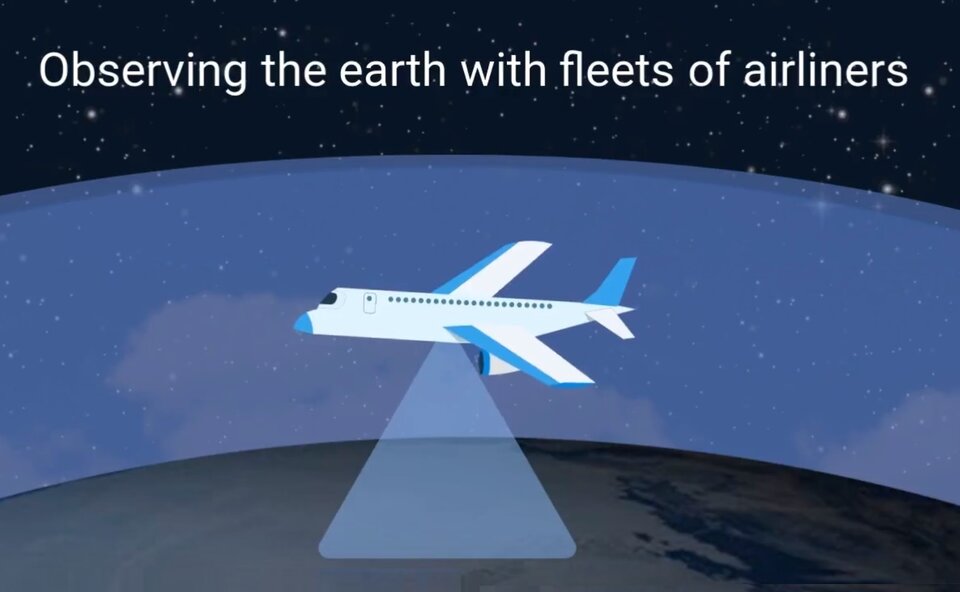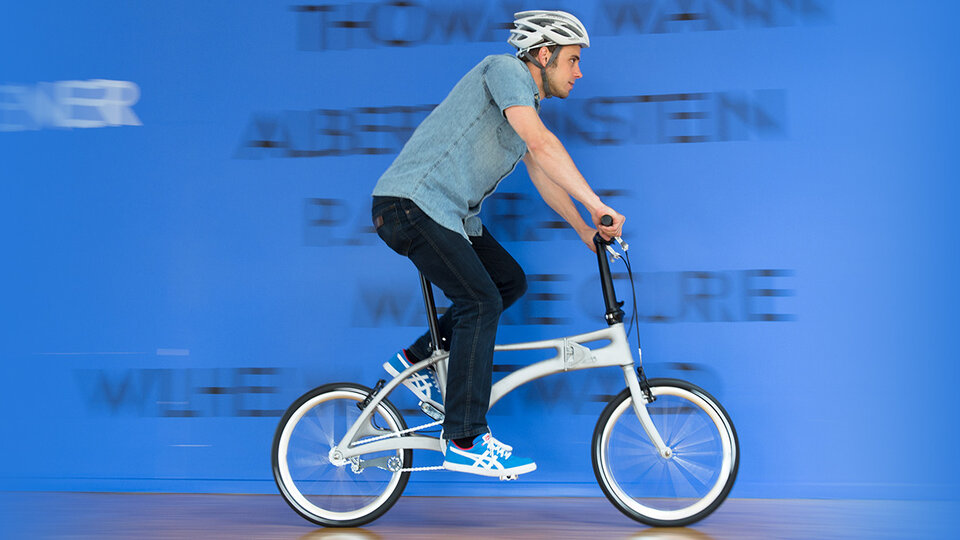See the future at ESA’s IAC Start-up Space Zone
From Lego-style satellites that plug together to robot avatars for lunar exploration, satellite maps for Arctic navigation to a DNA-analysing 'tricorder': next week 24 of planet Earth's top start-ups will showcase their cutting-edge ideas for space and beyond at the International Astronautical Congress in Germany.

In response to an open call for new ideas from space-related start-ups, two dozen selectees from Europe, Japan, Canada, the US and Russia will present their technology concepts and prototypes at ESA’s Start-up Space zone at the International Astronautical Congress (IAC) in Bremen, Germany from 1-5 October.
They will have an opportunity to demonstrate their designs and discuss their uses in a series of four pitching sessions on 2 and 4 October, under the theme ‘We Need More Space’.
The start-ups' efforts span a wide range of game-changing concepts. These vary from new ways to design, manufacture and fly spacecraft to novel services from space – including very-high range Earth observation imagery, environmental surveying from commercial aircraft and frequently-updated Arctic ice maps – and technologies to improve daily life – such as a portable lab for DNA analysis and satellite monitoring to slash farmers’ fertiliser use by 40%.
Europe’s space industry is evolving rapidly, with new companies devising novel uses of space data and technologies. ESA is at the heart of these developments, providing support to young companies through its Technology Transfer and Business Incubation Programme, including a Europe-wide space solutions network of 20 Business Incubation Centres and 16 Technology Transfer Brokers.
Fostering entrepreneurship, boosting employment and expanding innovation, ESA’s BICs have supported more than 650 start-ups to date and another 160 join the network each year, receiving two years of support.
Scroll down for the full list of 24 start-ups to pitch at ESA’s Start-up Space zone. For more information on IAC, access the main website via iac2018.org.

New space solutions
Dutch company Lens R&D produces high-reliability Sun sensors to help steer space missions; they’re small enough to be used on small satellites but good enough for big ones too.
Germany’s HOSTmi is acting as an independent broker through a global online space marketplace, matching space experiments and payloads with most suitable flight opportunities worldwide.
Austrian AT-Space is developing miniaturized, highly integrated satellite components, targeting the coming generation of satellite mega-constellations.
Germany’s SPiN is developing ‘plug and play’ satellites, based on Lego-like building blocks. They simplify satellite integration through the use of standardised elements with a universal adapter that can be put together on a customisable basis.
The UK’s Open Cosmos is a one-stop shop for going into orbit, allowing businesses, research institutions and organisations to reach space aboard nanosatellites in a matter of months.
Dutch satsearch is developing a global space supply chain marketplace, enabling customers to identify, analyse and compare satellite element suppliers and their products.
Russia’s OKB Fifth Generation is developing radiation-tolerant integrated circuits for satellite systems, space instrumentation and CubeSats.
Italy’s AIKO is developing artificial intelligence for space applications, enabling autonomous operations using its innovative software library.

Russia’s Sputnix manufactures high-tech nano- and microsatellite components as well as CubeSat platforms, while also providing testing and equipment for aerospace education.
Switzerland’s Klepsydra Robotics is applying advanced techniques from the software industry to optimise embedded space systems in support of autonomous navigation and on-board image processing.
Canada’s Reaction Dynamics is developing a small-scale, cheap orbital launcher harnessing a novel rocket fuel technology to deliver the smallest classes of satellites to space.
Japan’s GITAI offers a humanoid telepresence robot-like avatar for science experiments in space stations and Moon-based developments.
Russia’s Avant Space Systems is developing an innovative ion propulsion thruster to let small satellites get on the move.
Satellite Earth observation solutions

The UK/Belgium company Veoware Space concentrates on delivering the right Earth observation image at the right time. Their very high-resolution space-based systems are planned to go live in 2022.
The Netherlands’ SkyfloX offers cost-effective environmental monitoring using sensors riding piggyback on commercial aircraft. Services include very frequent Earth observation data and communication packages.
Germany’s Drift+Noise Polar Services assists companies and organisations in the development of economic activities in ice-covered waters by providing frequently updated ice maps for polar regions and personalised guidance services.
Improving industrial production

Germany’s ELiSE offers a system that assesses the ‘DNA’ of a technical part, gathering all requirements, then automatically develops a bionic design it can then 3D print.
Sweden’s Vultus helps farmers cut up to 40% of their fertiliser usage through its satellite-based system for precision farming.
Germany’s Blackwave provides a highly automated process for cost-efficient production of complex carbon-fibre components.
German/Portuguese firm Valispace sells state-of-the-art software tool to store and structure engineering data, radically streamlining the hardware engineering.
Satellites to boost teaching
Russia’s LoReTT produces leading-edge education tools to turn space and satellite services into exciting teaching elements for school children.
Monitoring underwater environments and human beings

Germany’s PlanBlue has devised its hyperspectral underwater ‘DiveRay’ camera to for smart, AI-guided mapping of the seafloor
US firm Coletti Biotechnology is developing a portable molecular and cellular automated laboratory to perform DNA analyses in places where conventional diagnostic tools are not available – including long-duration space missions.


